converting machine quilting pattern to hand quilting
beginnerpiecer
14 years ago
Related Stories
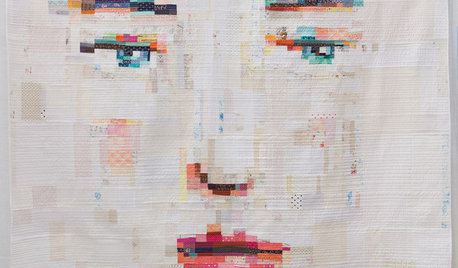
ARTSee Winning Modern Quilts on Display at QuiltCon 2015
Top quilts have been chosen from among hundreds at the international show in Austin through February 22. View them and others here
Full Story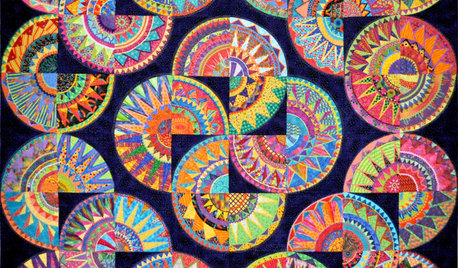
ARTShow News: Rare Quilts Get Museum Time
See 6 intricate designs from a California exhibition and get tips for building your own quilt collection
Full Story
DECORATING GUIDESCelebrating the Great American Quilt
They speak of family, history and beauty. Is it any wonder quilts transcend design styles?
Full Story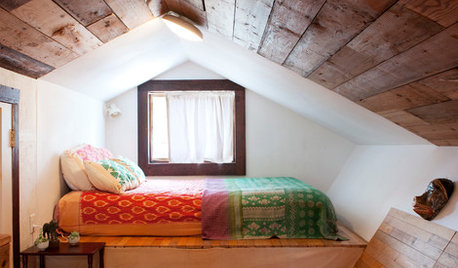
COLLECTIONS15 Reasons to Get Addicted to Kantha Quilts
You can use kantha quilts, made from old saris, throughout your home — on beds, as upholstery and as wall hangings
Full Story
BEDROOMSCoverlet, Duvet, Quilt, Comforter: What's the Difference?
Learn the basics of great bedding options and how to use them for great comfort and style
Full Story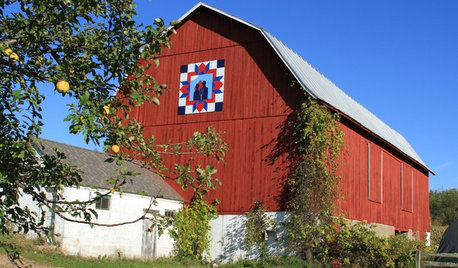
ARTBarn Quilts Piece Together a Community
One man with one beautiful idea transforms Wisconsin’s Shawano County
Full Story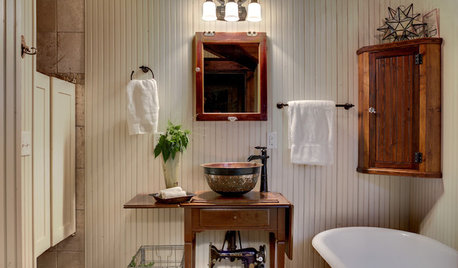
VINTAGE STYLEAntique Sewing Machines: Tailor Made for Nostalgic Decor
In full-on vintage rooms or contrasting modern looks, old sewing machines and tables are stirring up the past in a most stylish way
Full Story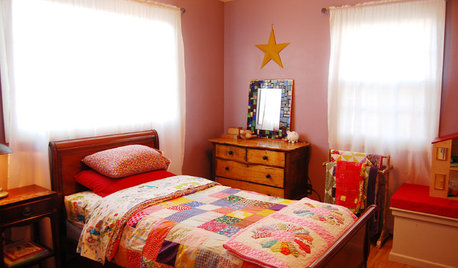
COLORPattern Scout: Cozy Up to Patchwork
Charmingly homespun or geometric and modern, patchwork quilts add that comfy something to beds, walls and tables
Full Story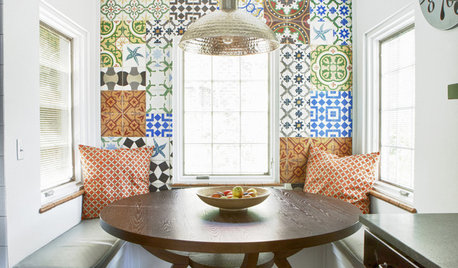
TILEPep Up With Patchwork Tiles
Don't call them crazy — quilt-style tile patterns are bringing energy and playfulness to walls, countertops and even floors
Full Story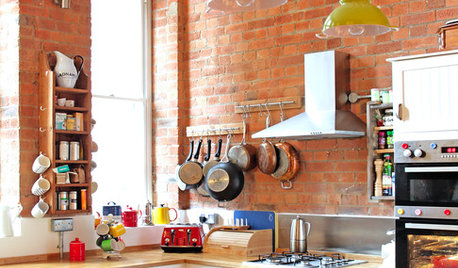
ECLECTIC HOMESHouzz Tour: Family-Friendly Apartment in a Converted School
A reconfigured London home goes from cool couple’s hangout to fun family home
Full StoryMore Discussions









calliope
toolgranny
Related Professionals
Franklin Furniture & Accessories · Lorton Furniture & Accessories · North Bergen Furniture & Accessories · Spartanburg Furniture & Accessories · Springdale Furniture & Accessories · Washington Interior Designers & Decorators · Cincinnati Flooring Contractors · Del Aire Flooring Contractors · Knoxville Flooring Contractors · St. Louis Flooring Contractors · Trenton Flooring Contractors · White Bear Lake Flooring Contractors · Carlsbad Furniture & Accessories · Greenville Furniture & Accessories · Carpinteria Furniture & Accessoriespetalpatsy
solstice98
calliope
jbeee7
solstice98
jbeee7
toolgranny